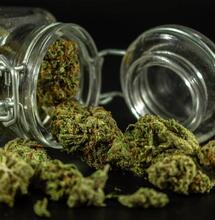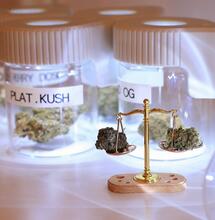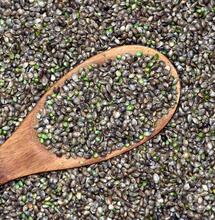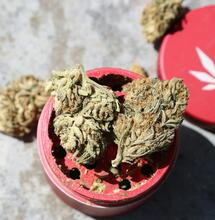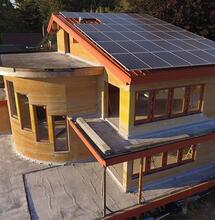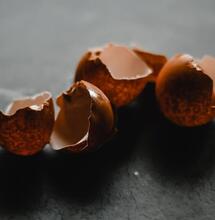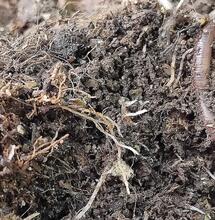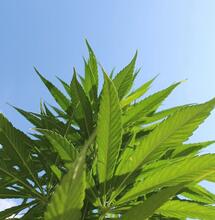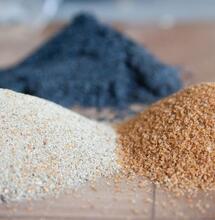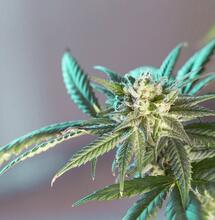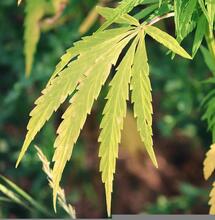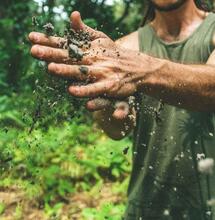5 Natural Nutrient Feeds to Stimulate Your Cultivation
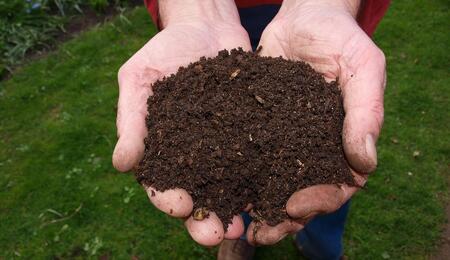
As soon as your cannabis plants grow 2-3 sets of leaves, they could use an uptake of nutrients to foster their growth. While there are many readily available solutions that you can purchase online or from a shop near you, there are also a lot of raw foods that can benefit your plants and that require basic gardening skills to prepare at home. If you need ideas on what to do for your weed garden feed, keep reading!
Compost Solutions
Preparing compost from organic food waste is easy and you can find multiple applications for it in your garden, including for your cannabis plants. Food waste from fruits such as apples, carrots, bananas can be an excellent nutrient boost for your crops.
Composting enriches the soil where you want to grow. You can compost before you plant seedlings to improve the area, and you can compost afterward as an actual nutrient feed for the growing plants. If you overdo it with compost, you can remove the composted material from the soil and flush out the area.
Alternatively, you can use compost tea, which may take some more effort to prepare. Compost tea is a popular alternative to synthetic fertilizers. It's prepared by soaking a bag of compost in a water bucket, then brewed to extract organic liquid fertilizer.
Compost tea contains most nutrients and microorganisms that your weed garden needs. The concoction introduces nutrients, healthy bacteria, and fungal colonies to the soil and the plant foliage (on the foliage, it is applied as a spray). It also protects plants from diseases and pathogens. While compost tea is an excellent complement to other nutrient feeds, don't use it as the sole nourishing solution for your garden.
Worm Castings
Another organic solution that can greatly stimulate your cannabis plants is worm castings. Worm casting manure is basically worm poo, the waste left by earthworms as they move and nibble food waste in a compost box. The waste that earthworms create is one of the best soil enrichers.
If you prepare worm castings, you want to choose bins or boxes that are not too deep as otherwise you may have an odor problem. A depth between 8 and 12 inches is sufficient, and the box has to have drainage holes in the bottom. Layer the bottom of the worm castings bin with sand and moist newspaper strips. And after that, you add compost or organic kitchen waste and some worms to do the magic.
It will take the worms a few weeks to digest the food. After that, you want to remove the worms to new bedding with fresh food on the other side of your existing bin or to an entirely different container. The organic waste they leave behind is what you use for the garden.
Bone Meal
Bone meal provides much-needed phosphorus and calcium to plants and soil. A bone meal is a mixture of finely ground animal bones. It's excellent support throughout the entire growing cycle and is especially useful during the vegetative stage of plant development.
Bone meal releases nutrients slowly, takes time to degrade in the soil, and does not dissolve in water. For small plants or seedlings, only apply small amounts. Water thoroughly.
Besides it being a good option for cannabis plants, bone meal is also suitable for most other root vegetables, so if you grow carrots, onions or garlic at home, this is also where you can apply some of this fertilizer. There are readily available bone powder solutions, but you can also prepare it on your own. For example, it can be a fish bone meal or a shrimp and crab meal.
Epsom Salts
Also known as magnesium sulfate, Epsom salt consists of magnesium, sulfur, and oxygen. Although it has a similar appearance as table salt, Epsom salt is an entirely different substance. It is used as a bath salt, and its taste is distinctly different, bitter and unpleasant.
You may wonder how Epsom salt can be used in your weed garden? Epsom salt is pure, naturally occurring mineral rich in magnesium and sulfur, which cannabis plants demand alongside other micro and macronutrients.
Epsom salt can help you fix a magnesium deficiency that your plant might be suffering. This plant condition is indicated by yellowing of the older leaves from the tip or edges then moving inward to the veins. The leaves can also appear purple, red, or brown. To help your plants regenerate, you need Epsom salt at the rate of 1 teaspoon to 1 gallon of water.
Note: While dealing with magnesium deficiency, you may also want to check for other nutrient uptake, including iron, calcium and potassium, as excess may lock out magnesium uptake.
Wood Ashes
Wood ashes is an excellent solution to increase potassium in the plant and soil. It can be easily sourced and only needs to be lightly scattered on the plant. Alternatively, you can use wood ash in a compost heap.
Ash needs to stay dry; otherwise, it may build up in the soil and negatively affect your crops. In case it gets wet, it is advised that you flush it out from the ground. Besides being good for your grow operations, wood ash is also a superior deterrent to various garden invaders such as slugs and snails.





